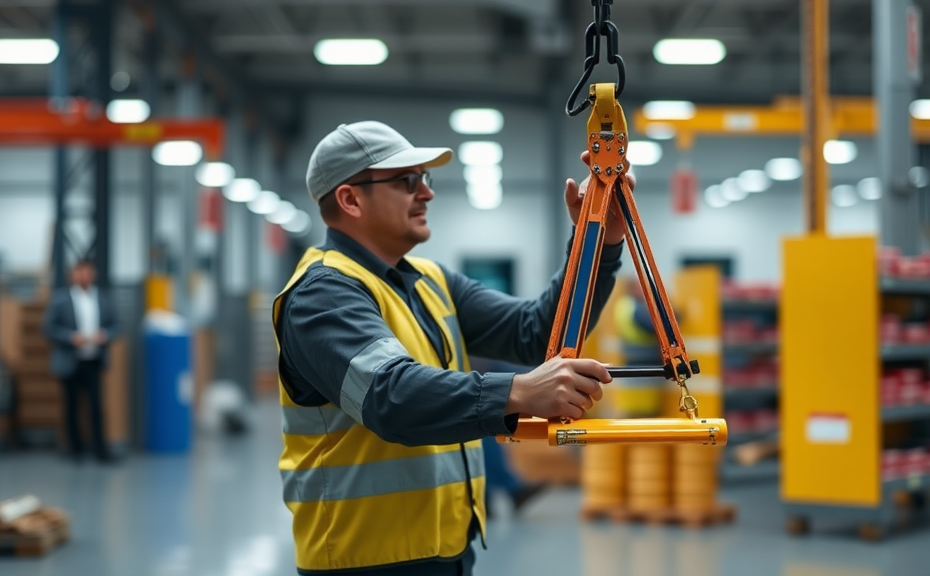In today’s workplace, the adoption of ergonomic lifting devices has emerged as a critical component for enhancing employee safety and productivity. These specialized tools are designed to assist workers in moving goods safely, reducing the risk of musculoskeletal injuries associated with lifting heavy objects manually.
One of the most significant benefits of ergonomic lifting devices is their ability to minimize physical strain. By employing equipment such as lift tables, hoists, and dollies, workers can maintain proper posture while handling loads, which ultimately leads to a decrease in workplace injuries. Ergonomic lifting devices help to distribute weight evenly, allowing users to maneuver items with greater control and less effort.
Common types of ergonomic lifting devices include:
- Lift Tables: Adjustable platforms that elevate items to a comfortable working height, providing ease of access without bending or reaching.
- Hoists: Systems that use chains or ropes to lift heavy objects, allowing for overhead lifting without strain.
- Ergonomic Hand Trucks: Designed with adjustable handles and specialized wheel configurations, these trucks make it easier to transport heavy goods.
- Collaborative Robots (Cobots): Automated assistants that work alongside human operators to assist in lifting and moving tasks.
Implementing ergonomic lifting devices not only fosters a healthier work environment but can also lead to increased efficiency. When workers feel safe and supported, their productivity levels often rise, resulting in enhanced overall performance. Furthermore, investing in these devices is a proactive approach to minimizing healthcare costs associated with workplace injuries.
In conclusion, ergonomic lifting devices represent a vital innovation in workplace safety and efficiency. By prioritizing ergonomics in lifting tasks, businesses can protect their workforce while simultaneously improving operational effectiveness.
